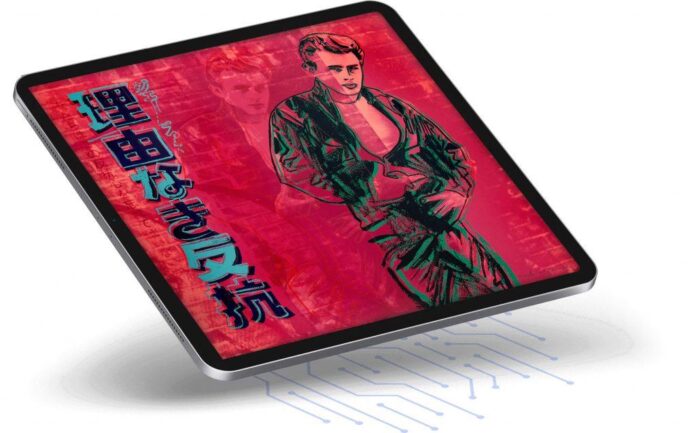While NFTs and NFT art have dominated headlines recently, a new form of art ownership and investment is gaining serious traction: tokenized fine art. But what’s the difference? With an NFT, or non-fungible token, the token itself is the asset, and generally associated with a single image. But with tokenized assets, the token represents a stake in a physical asset—such as fine art. Parallels can be seen with the way stocks work, but the entirety of the processes and holdings instead exist on the blockchain.
Freeport, a recently launched art investment platform, aims to democratize and demystify tokenized fine art investing. There are a number of ways Freeport sets itself apart from other platforms on the scene. Freeport fractionalizes blue-chip art through SEC-qualified offerings—such as Regulation A—granting peace of mind and confidence to individuals either new to the art market, blockchain technology, or both. In addition to this, Freeport fully leverages blockchain technology. Built on the Ethereum blockchain, Freeport’s assets are able to engage with a wide range of protocols and platforms that exists on the leading blockchains.

A glimpse inside one of Freeport’s digital galleries. Courtesy of Freeport.
The way investors interact with and valuations between NFTs and tokenized fine art are extremely different too. Unlike NFTs, which can only reside in a single wallet and are wholly digital, owning shares on Freeport—which are backed by physical artwork assets—allows you to not only hold tokens in your own wallet, but display your favorite artworks from the platform regardless of stake size in Freeport’s 3D gallery feature. Further, and perhaps most importantly, the NFT market has been marked by extreme volatility, influenced by quickly rising and falling hype or even whether a tweet goes viral or not. This is where blue-chip art comes into play.
Blue-chip art is art created by well-known artists, who have established records of appreciation. Freeport’s curation team meticulously vets market trends and art sales data to select works with a solid history of valuation and relevance. Recently, for example, the platform offered a four-work suite of prints from Pop art icon Andy Warhol. The value—both monetary and cultural—for blue-chip artists and artworks has a robust history that can be referenced and leveraged and are not subject to the same unpredictability as NFTs.
Whether you’re well versed in blockchain technology and want a more hands-on tokenized fine art collecting experience, or if you simply want to engage with the blue-chip art market to diversify your portfolio—without all the digital knowhow—Freeport is an excellent place to start your art investing journey.

























